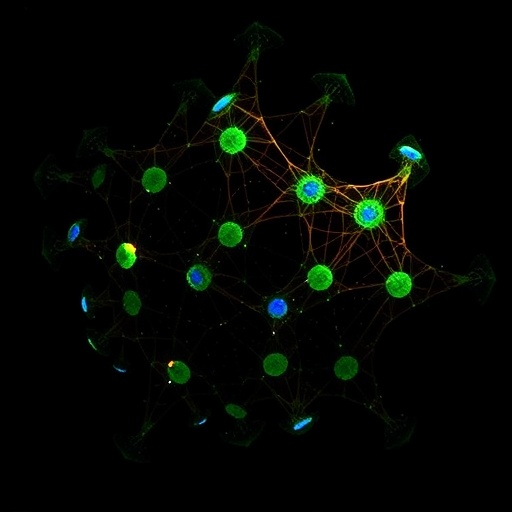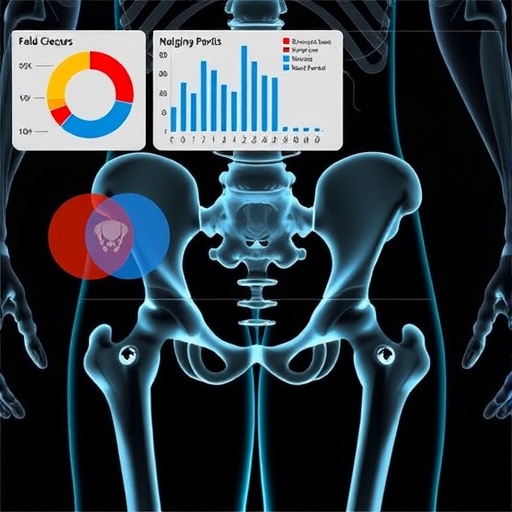First-time women principal investigators get $41,000 less than men on average
- Women scientists are disadvantaged at the start of their careers
- Women can’t buy as much lab equipment or recruit as many grad students for their research
- Men and women in the study had equal backgrounds when they applied for grants
- Study analyzed nearly 54,000 grants to first-time principal investigators
CHICAGO — First-time women principal investigator scientists received considerably less funding from the National Institutes of Health (NIH) compared to first-time male principal investigators, even at top research institutions, reports a new study from Northwestern Medicine and the Kellogg School of Management.
Previous research showed women receive lower startup funds from their universities to launch their research. This is the first study to show women get less money when they submit grants to the federal government.
The study will be published March 5 in JAMA.
“If women are receiving less grant support from the very beginning of their career, they are less likely to succeed,” said co-corresponding author Teresa Woodruff, the Thomas J. Watkins Professor of Obstetrics and Gynecology at Northwestern University Feinberg School of Medicine and director of the Women’s Health Research Institute. “This shows women are disadvantaged from the very first NIH grant they submit relative to their male counterparts. This represents an early stumbling block of $41,000.”
Women get less lab equipment, fewer research assistants
“With less federal funding, women can’t recruit the same number of grad students to work on their research or buy the same amount of equipment as their male counterparts,” Woodruff said. “A funding disadvantage in the formative years of a women scientist’s career can be especially handicapping because research shows that it is likely to snowball over time.”
“If you don’t have the right kind of grant from NIH, you are less likely to be promoted,” said co-corresponding author Brian Uzzi, professor of management and organizations at Kellogg. “The prestigiousness of a grant award are the things that make or break someone’s career.”
The backgrounds of the 53,000 first-time principal investigators in the study (57 percent men and 43 percent women) showed the men and women had statistically indistinguishable records prior to receiving their first NIH grant. They had published the same average number of articles, which received the same average number of citations across the same range of fields.
“This means women are performing at a level on par with men, despite the fiscal disparity,” according to Woodruff.
Uzzi’s team analyzed grant amounts to first-time female and male grant awardees from 2006 to 2017 from the NIH Principal Investigators database.
They found:
Grant inequity overall —
For first-time principal investigators across all grant types (225) and institutions (2,766), women received an average grant amount of $126,615 versus $165,721 for men. For the 10 highest-funded grant types across all institutions, female principal investigators received an average award amount of $305,823 versus $316, 350 for male principal investigators. One exception was R01 grants where women received $15,913 more than men.
Inequity varies by institution —
Female principal investigators at the Big Ten universities received an average grant amount of $66,365 versus $148,076 for male principal investigators; at Ivy League schools, women received an average grant amount $52,190 versus $71,703; and at the top 50 NIH-funded institutions, first-time female awardees received an average grant amount of $93,916 versus $134,919 for men.
Science suffers as a result of these inequities, Uzzi said.
“Having women in science increases the rate of discovery in science and the quality of science overall,” Uzzi said. “Women in science don’t only add to discovery by bringing in the brain power from the other half of the human race, but also the culture of science. So much of science today is done in teams, and women on teams promote different points of view, increasing our comprehension of problems whether in medicine, business organizations or education institutions.”
###
This study is based on work supported by grant R01GM112938 from the National Institutes of Health, grant 1747631 from the National Science Foundation and funding from the Northwestern Institution on Complex Systems and the Kellogg School of Management.
Media Contact
Marla Paul
[email protected]




